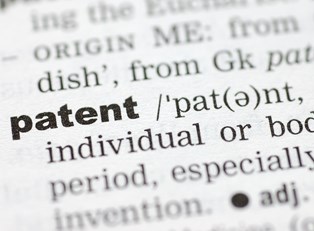A patent is designed to protect the ideas of inventors and entrepreneurs. Without this protection, anyone can take the credit and money that comes with a popular new product. The rules and regulations vary according to the type of patent and the location where it is filed. Using a patent is the only way to receive exclusive rights for an invention's manufacture, use, and distribution.
Types of Patents
There are three main types of patents: utility, design and plant.
- A utility patent is for an idea that is new, unique and useful. A useful invention is beneficial to people in one or more ways. Documentary proof of the usefulness is usually required.
- Design patents are made to protect creative designs. Jewelry, movie characters, and product labels are protected by these patents.
- Plant patents are used to protect new varieties of plants.
A patent is given to an idea, product, or process that is new and useful. An example of a process is a computer software program because it performs in a certain way. Also, a new and unique chemical composition is protected by a patent. In some cases, both utility and design parents are needed to secure an invention. Natural laws, vague ideas, and physical phenomena do not qualify for patents.
Duration
There are certain lengths of time that patents last. Utility and plant patents are valid for 20 years, while design patents are valid for 14 years. Inventors are encouraged to renew patents before the dates expire. Inventors can file for patents at the United States Patent and Trademark Office (USPTO). Some patents can be filed online through the electronic filing system (EFS). People have to include relevant drawings, writings, and payments for fees along with their applications. If you are an applicant, be sure to research the full requirements for your patent.
Patents are exclusive rights you must secure if you do not want others profiting from your inventions. If you successfully complete the patent process, other people will be prevented from manufacturing, using, and selling your products.



